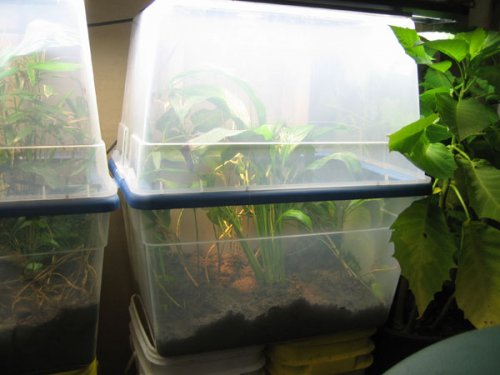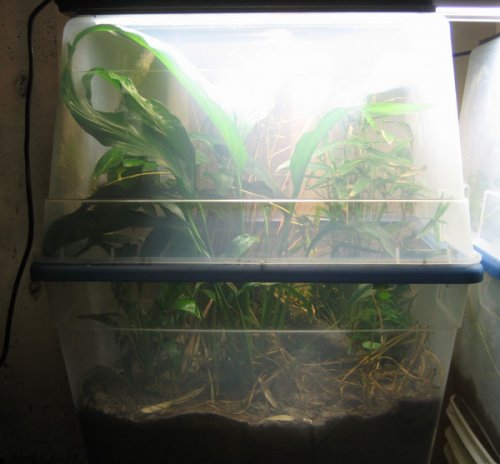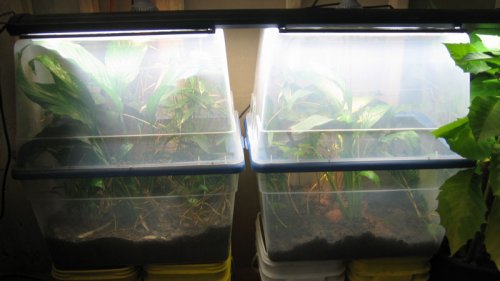RyU
New Member
50:50 sand/peat moss mix, same as in my laying bin. Usually they just lay in the enclosure though.
Isopods and springtails are not feeders, they break down droppings. I don't clean my cages other than any dried droppings on the leaves.
How often do you change the substrate? Don't the springtails get out?














